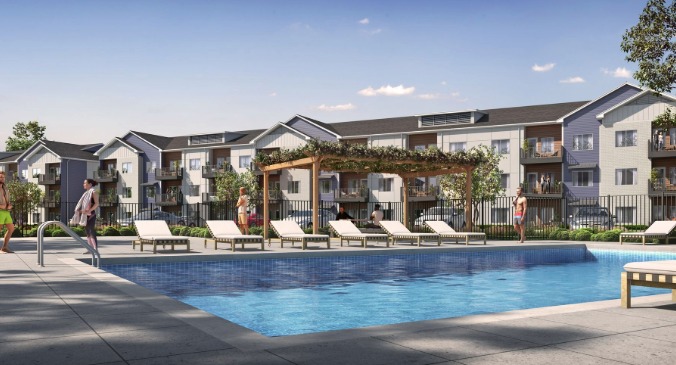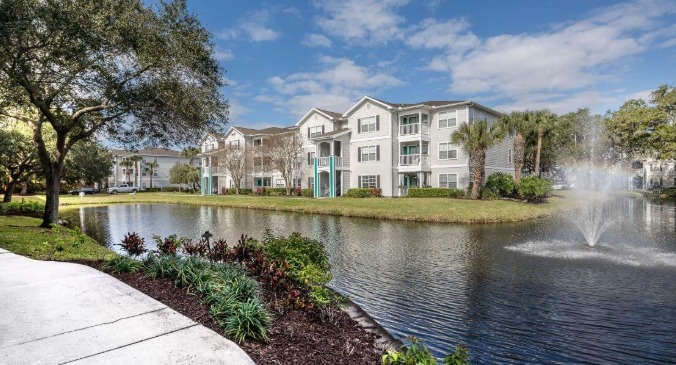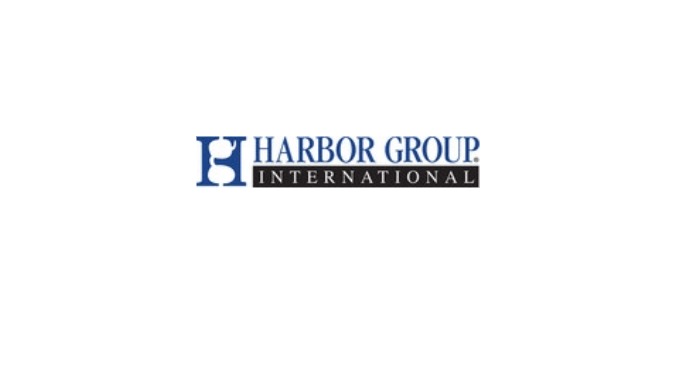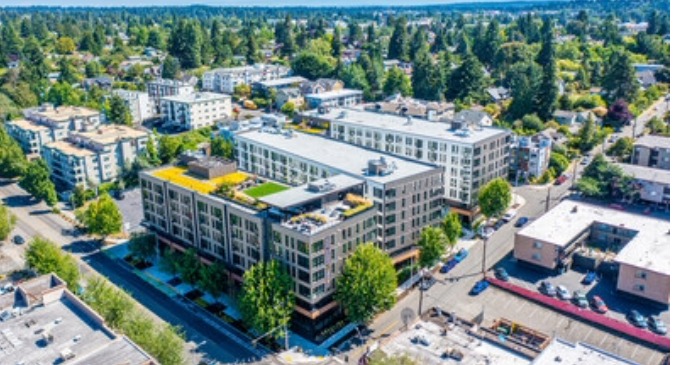Imagine an apartment unit with a view of snow capped mountains and a shimmering mountainside lake. Imagine skiing in and out of your apartment or condo right onto the slopes of a world-class ski resort and you get the powerful appeal of Tamarack Resort.
Set on the shores of Lake Cascade in rural Idaho and surrounded by snow capped mountains and spectacular scenery, Tamarack Resort is being touted as the next Sun Valley. The Washington Post listed Tamarack among the top ten hottest domestic travel destinations in the country and prospective buyers of Tamarack’s homes, condos and multifamily units are lining up to reserve options for the first real estate release at the end of January. Plans call for 94 percent of the multifamily housing units and 30 percent of single-family housing units to be ski in, ski out, a high demand feature for ski resorts.
Located in Donnelly, Idaho, just 90 miles north of Boise, Tamarack is the first major new four-season ski resort to be built in the nation in 22 years. The resort is the vision of Tamarack’s CEO Jean-Pierre Boespflug and multifamily units will form a key component of the development.
“Tamarack is perhaps the best site in America left for resort development,” said Boespflug. “It is five times the size of Yellowstone and will offer every conceivable recreational activity. In addition, the area offers the perfect climate, more snow in the winter than most resorts and average summer temperature of 75 degrees.”
In addition to condos, townhomes and pre-built cottage and chalet units, Tamarack plans to integrate European-style multifamily units about ground-floor commercial space within the resort’s core village. This new urban style rounds out the Swiss Chalet atmosphere planned for the village. Tamarack is permitted for 2,043 residential units on some 3,600 acres including homes, condos, hotels and employee housing. The phase 1 plan, anticipated to be a five-year rollout, is expected to generate more than $40 million in revenue. The initial emphasis is on the sale of cottage, chalet and estate lots, including pre-built cottage and chalet units. The first real estate release held January 22-24 was slated to produce 106 units.
Some 300,000 square feet of commercial space is planned with restaurants, stores, shops, and hotel along a 1,400-foot outside mall constructed in the European village motif.
“Tamarack is going to continue to implement on an aggressive schedule to satisfy market demands for whole and fractional ownership units,” said Rory Veal, vice president of sales. “We’ve got a very complete plan and feasibility structure, and the market is already expressing strong interest.”
World class amenities
Upon completion, residents will enjoy a variety of winter sports activities including Nordic ski trails and a state-of-the-art ski lift system, golf, tennis, boating, hiking, cycling, and easy access to white water sports, horseback riding,fishing, hunting, and other backcountry adventures.
“This is clearly the next Sun Valley,” said Jeffrey Wolfer, president of Kennedy Funding, a direct private lender that provided Tamarack with an $18 million development loan for the first phase and is in talks for a larger multimillion dollar loan for successive phases. “Tamarack sits on a premium site and offers a world-class ski mountain with a Nordic ski trail system totaling 65 miles; a beautiful lake with a first-class marina that will serve as a center of a wide range of water-related recreational activities; and there will be three golf courses: one 9-hole par three executive course and two 18-hole courses with the first course being a 7,000-yard Robert Trenton Jones II signature course.”
Bringing new urbanism to a country setting
Most “new urban” projects are based in inner city environments and have been successful in Atlanta, Miami, Denver, Orlando, and Phoenix. The most famous new urban community is Walt Disney World’s Celebration in Osceola County, Florida. (Celebration was the utopian setting for the movie The Truman Show starring Jim Carrey.) Multifamily units are a key component of new urban-style communities. New urbanism refers to a style of development that emphasizes pedestrian-friendly neighborhoods that integrate mixed-use real estate, de-emphasize the need for cars and strive to create a sense of community and integration reminiscent of urban neighborhoods of the early 20th century.
The roots of new urbanism are based on urban planning and architectural philosophies of Frederick Law Olmsted which he developed while creating New York’s famous Central Park. The principle design elements of new urbanism call for dense, compact neighborhoods conducive to walking; a range of housing options from apartments to single-family homes that bring together various socioeconomic levels; integration of commercial, office, and retail space with residential; and design and placement of homes and buildings to encourage greater social interaction, such as large front porches.
New urbanism, also called traditional neighborhood development, is an approach to community planning and design aimed at creating greater community interaction, integrating commercial, retail, and residential and reducing use of autos as the primary mode of transportation. Convenience is the primary selling point of new urban properties and is probably the most widely expressed need voiced by consumers.
New urban-style developments are growing rapidly in popularity fueled by demand from opposite ends of the demographic spectrum. Aging baby boomers like the appeal of neighborhoods where everything is within short walking distance to meet their reduced mobility needs. To remain active and close to cultural and recreational activities, boomers and empty nesters are opting for inner city lifestyles.
At the other end of the spectrum, young professionals are drawn to the appeal of lively urban lifestyles and residential opportunities in the heart of urban centers offering nightlife and round-the-clock activities.
So, why place a new urban style of apartment home amid a Swiss-style chalet in the middle of the Idaho mountains where density doesn’t matter? The same principles that guide new urbanism in the city operates here in Idaho’s wilderness with the opportunity to maximize the sense of place and deliver a unique living experience to residents. Tamarack’s adoption of a new urban approach in its plans for the village provides an opportunity to increase density and gain the maximum return for every development dollar spent.
According to Tamarack officials, the resort village and homes are designed to bring people together in a way that lessens impact on the natural environment while enhancing the comfort and pleasure of residents and visitors. Many of the design features bring people close to the park-like surroundings while limiting access by vehicles that would impact the natural area. Resort buildings will be constructed at limited heights with stone bases and elegant chalet-style woodwork in keeping with the development’s European chalet design scheme. With a proportion of the development site including public land, guidelines for access and preservation have been mandated in the local, state, and federal approvals for development.
Design in place
Tamarack’s master plan is not your typical multifamily layout and the mountainous wilderness of rural Idaho is not the typical apartment community venue. The lesson in Tamarack’s approach is the need for developers to be more innovative and responsive to the demographics of their development location as well as their target audience.
The development gridlock facing the nation has been the result of develop first, think second. Urban planners, environmentalists, and sociologists conclude that approach hasn’t worked. The facts, they say, speak for themselves: dwindling wetlands; diminished water supplies and overstressed watersheds; older people stranded in suburbs and no longer able to drive; overused, out-moded highways unable to keep up with capacity; and residents forced to find homes further and further away from their jobs.
Developers such as Post Properties and the Gellerstedt Group in Atlanta, Harbor Properties of Seattle, and Legacy Partners of Foster City, Calif. have been extremely successful with infill communities. Legacy Partners developed a 282-unit luxury apartment community on the Oakland Waterfront called The Landings at Jack London Square which has been part of the revitalization of downtown Oakland. The Landing was built at a 60-unit per acre density and Legacy has been working to boost that density in similar projects.
“Through our research and knowledge of the market, we found that many Bay Area residents were interested in moving to multifamily communities that feature service-oriented amenities,” said John McMorrow, senior vice president of Legacy Partners. “The Landing at Jack London Square allows residents to maximize business efficiency, yet still enjoy the vibrancy of a thriving metropolis.”
Harbor Properties, a Seattle-based real estate company active in development of urban infill multifamily properties, won an NAHB Pillars of the Industry Award in 2003 for its marketing campaign for Press Apartments, a 75-unit mixed-use property developed in Seattle’s Capitol Hill district. According to Harbor Properties Marketing Director Alison Jeffries, the goal was to sell lifestyle and do it in a fun way.
When executed properly, mixed use developments can revitalize urban corridors and bring new life to rural regions.
“Tamarack Resort has already had a profound effect on the area’s recreation and tourism business,” said Kennedy Funding’s Wolfer. “The resort won the support of Idaho Governor Dirk Kempthorne and received 49-year lease on contiguous state land from the Idaho Land Board. Developments like Tamarack’s can literally transform the economic and social landscape around them.”
Author: Barry Kipnis, Managing Editor















